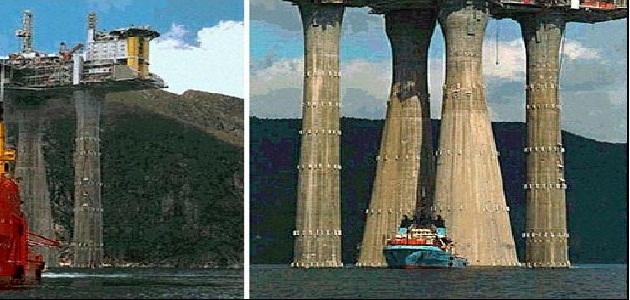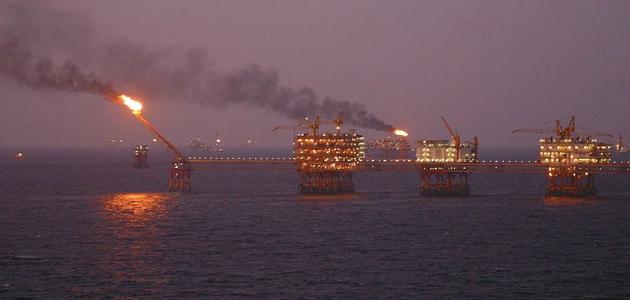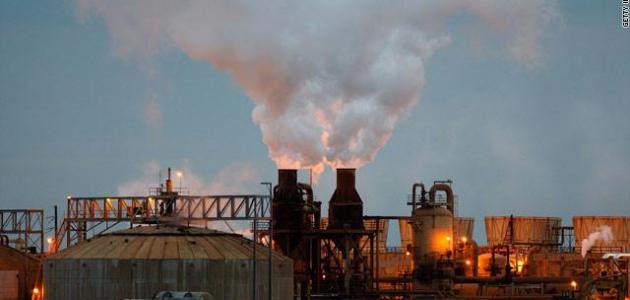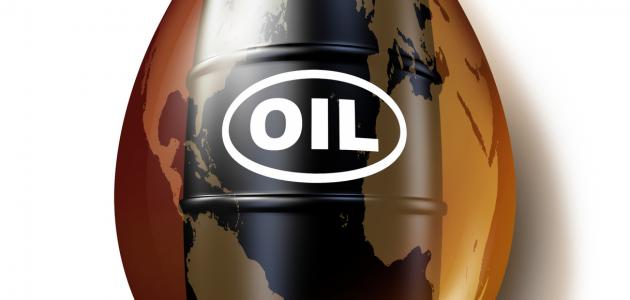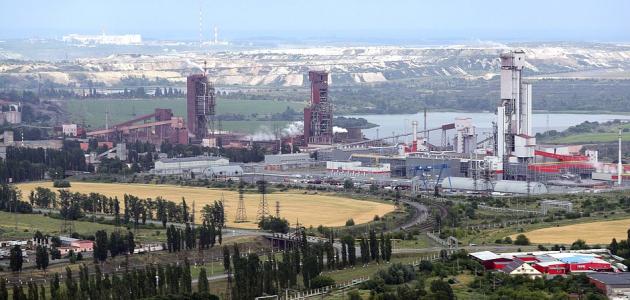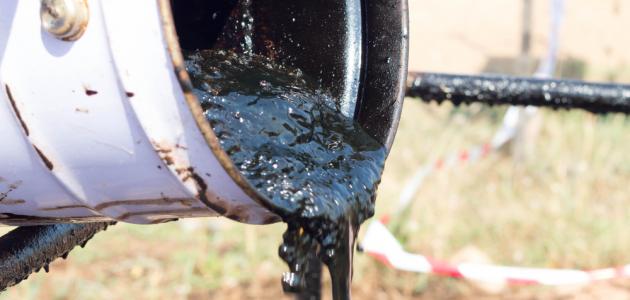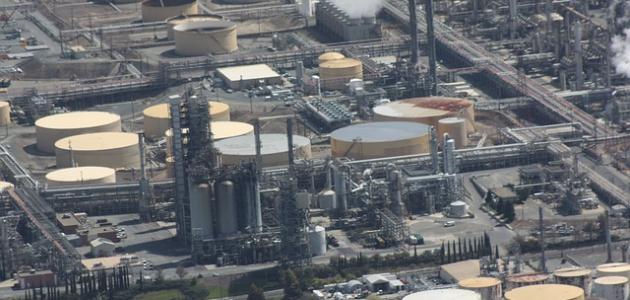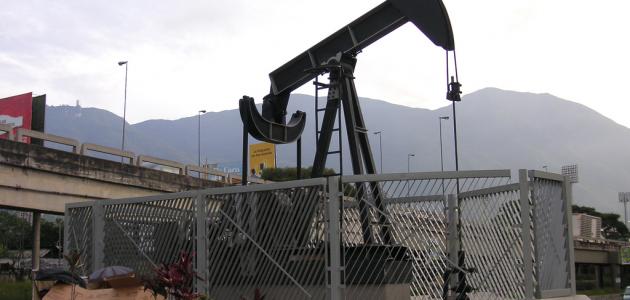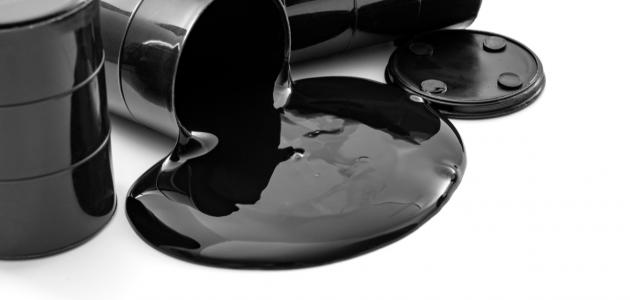The oil
oil or crude oil; It is a liquid in black, dark brown, or sometimes yellow, where the color depends on the internal components of the liquid. It is naturally present in the layers of the earth, or it may be mixed with sand. It is a complex mixture of hydrocarbons, natural gas, and paraffin wax, and it contains elements Non-metallic, such as: sulfur, oxygen, and nitrogen.
Oil extraction methods
Determine the location of the oil
Oil is located in the depths of the earth, and as a result of the high pressure, it begins to flow slowly towards the surface, where the pressure is lower, and this flow continues until the oil encounters an impermeable layer of rocks, and there it begins to gather inside the reservoirs located several meters from the surface of the earth. Reservoirs by chemists and geologists by studying underground rock structures, and using sensors to determine the geological layout of the earth, after which wells are drilled using oil rigs, and perpendicular to the source of oil.
Oil extraction
Oil is extracted in three stages:
- Initial production stage: During this stage, pneumatic drilling rigs are used with a drill, where the drill is used; To create a circular hole, and to cut the rocks into small pieces, then the air is pumped strongly below the center of the drill through a lower part in the drill, after which the air rushes towards the surface carrying small pieces of rock with it, then the oil flows from high pressure towards low pressure.
- Secondary Recovery Phase or Secondary Recovery: During this stage, a well is drilled at a depth greater than the reservoir, which leads to the rise of high-pressure natural gas, and then the oil flows out of the reservoir.
- Triple extraction stage: It is the last stage of extraction, aimed at increasing the liquidity of the oil, by using heat and chemicals. To reduce the surface tension of the oil, and thus increase its flow, and at this stage about 60% of the oil is extracted.
Oil derivatives
The most important oil derivatives are extracted from crude oil using different processes, such as fractional distillation, and these derivatives differ from each other in terms of physical and chemical properties due to several reasons, most notably; The difference in the type of crude oil and the refining processes used. Examples of oil derivatives are:
Read also:How is shale oil extracted?- benzene: It is a light-weight, volatile and flammable substance that is more toxic than crude oil.
- Kerosene: It is a light, rapidly evaporating substance, and is currently used as heating oil, jet fuel, and pesticide solvent.
- asphalt: It is a black or brown substance that resembles oil, and is mainly used in covering dams, lining reservoirs and canals, paving roads, building and building works, and making batteries.
